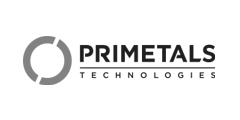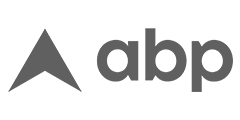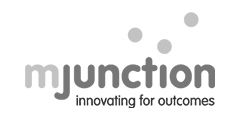Consumer Goods
Consumer Goods

Business Brio helps clients to boost consumer base and nurture engagements with greater precision.
At Business Brio, we have used Single Exponential Smooth, Double Exponential Smooth, ARIMA and back-propagation neural network. We did find Neural network to have better forecasting performance than the classical forecasting algorithms in case of wind energy forecasting for a particular project and won the NASSCOM Analytics Innovation award in 2015 for effectively using the same for business.
Methods like Goal Node, Integer Linear Program, Simplex Method and Interior Point Method are used depending on the context and relevance. At Business Brio we use Lindo as a tool for optimization.
Unsupervised and supervised learning methods like regression, support vector machines (SVM),KNN, K-means, PCA are used to recognize patterns and make data-driven predictions or decision outputs. We extensively use Python and R for applying the algorithms.
CART, CHAID, Random Forests, mathematical and computational techniques are used to aid the categorization and classification of a given data information. Apart from programming tools, we also use WEKA for decision trees.
Opinion mining or emotion AI refers to the use of natural language processing, text analysis, and computational linguistics to systematically identify, extract, quantify, and study affective states and subjective information. In past projects, we have heavily used LSE, HSA, text mining for semantic algorithms.
Ask For a Consultation
Leverage your data to comprehend customer dynamics and increase revenues
Applications
Advantages
View how our technology works
Quality & Innovation
Our Engagements
We equip our clients to deliver value out of volume of data.
Contact Information
14th Floor, Unit 14, Tower 1,
Srijan Corporate Park,
Block GP, Sector 5,
Salt Lake City,
Kolkata 700 091, India
75 E. Santa Clara St,
Suite 600, 6th Floor,
San Jose, CA 95113, USA
Dubai Silicon Oasis
SIT Tower, 6th Floor, Office 607,
P.O. Box 341081
Dubai – United Arab Emirates
14th Floor, Unit 14, Tower 1,
Srijan Corporate Park,
Block GP, Sector 5,
Salt Lake City,
Kolkata 700 091, India

























